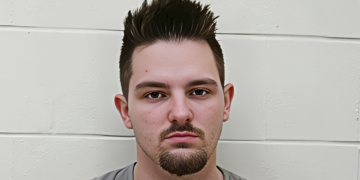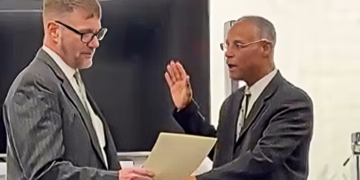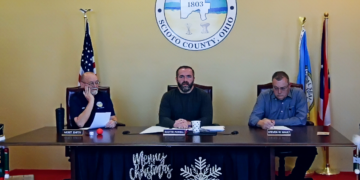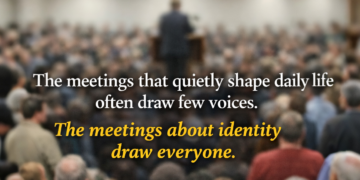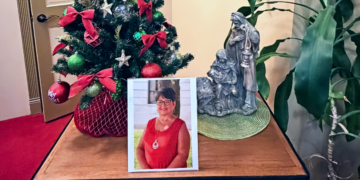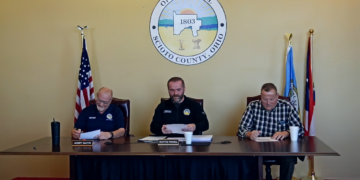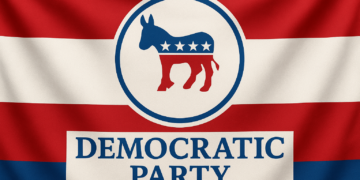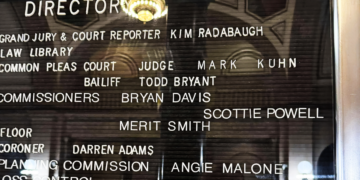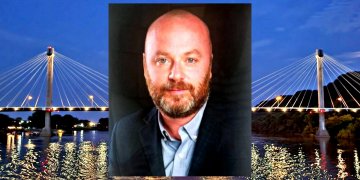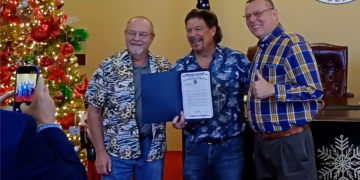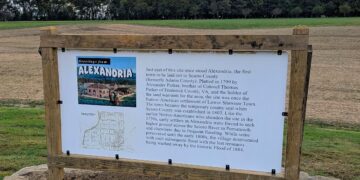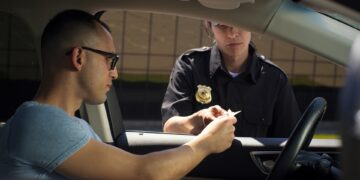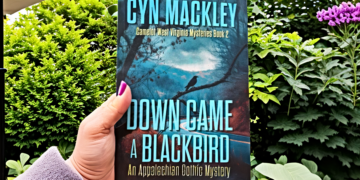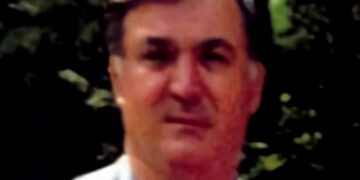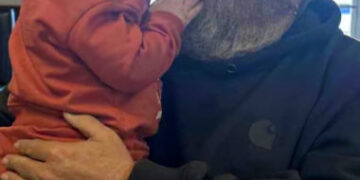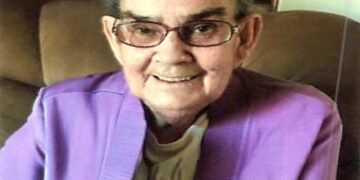Daylight Savings Time Myths BUSTED
We Can’t Change Time, But We Try.
Humans are capable of some amazing things. We can change a landscape with power machinery.
We cause once barren land to be fruitful. We can (regretfully) change the climate of an area with thermal nuclear weaponry, but no human can buy one more second of time.
But still, we try.
Twice a year, we dabble with what should be the undebatable (that’s not really a word, but it should be- and if I were king, it would be.) We move the clocks forward one hour in the spring and back to the natural time in the fall.
Why do we do it? Most of the reasons I have been told most of my life are, in fact, wrong.
Myth #1 Benjamin Franklin started it
No, he didn’t. In fact, he wasn’t serious about what he suggested because, like me, Franklin found the idea of trying to manipulate time ridiculous. Benjamin Franklin jokingly made the suggestion in his essay “An Economical Project for Diminishing the Cost of Light,” which was published in the Journal de Paris in April 1784.
Myth #2 It was created to help the farmers
Again, false. Farmers were some of the most vocal opponents of it. When the concept of changing time was first implemented in 1918, farmers were extremely opposed to having to turn back and forward their clocks because it disrupted their schedules and made it more difficult to get the most out of hired help. Farmers are not dictated by clocks. They start before sunrise, no matter when it rises.
Myth #3 It was created to allow children to go to school in daylight hours
Also false, but I am old enough to remember where this came from. On January 4, 1974, President Nixon signed into law the Emergency Daylight Saving Time Energy Conservation Act of 1973. Then, beginning on January 6, 1974, implementing the Daylight-Saving Time Energy Act, clocks were set ahead. The result was some lighter evening hours, but some very dark morning hours (because try as we might, we CANNOT change time). Children walking to school in the pitch dark became a concern, and this was one of the reasons why the nation did not stay on permanent Daylight-Saving Time.
So why do we do it? We have used it to our advantage during the world wars, but there has never been any evidence to suggest that any monetary savings occurred. In fact, there is some evidence that manipulating time causes some damage.
New research out of the University of Colorado, Boulder shows daylight saving may be more dangerous than we previously thought. The research was recently published in Current Biology and found an increase of 6-10% of fatal accidents in the week following Daylight Saving Time. Of course, there is no evidence to prove that this phenomenon is due to the time change, but human sluggishness due to adjusting to a change in time seems a likely scenario.
So why don’t we humans do the things we can do, like cure illnesses, feed the masses, and help each other- and leave things we can’t control alone? We can’t add one hour to our days, but man, don’t we try.
“IF I WERE KING” is an ongoing editorial series from our resident Professor, Dale Powell.










